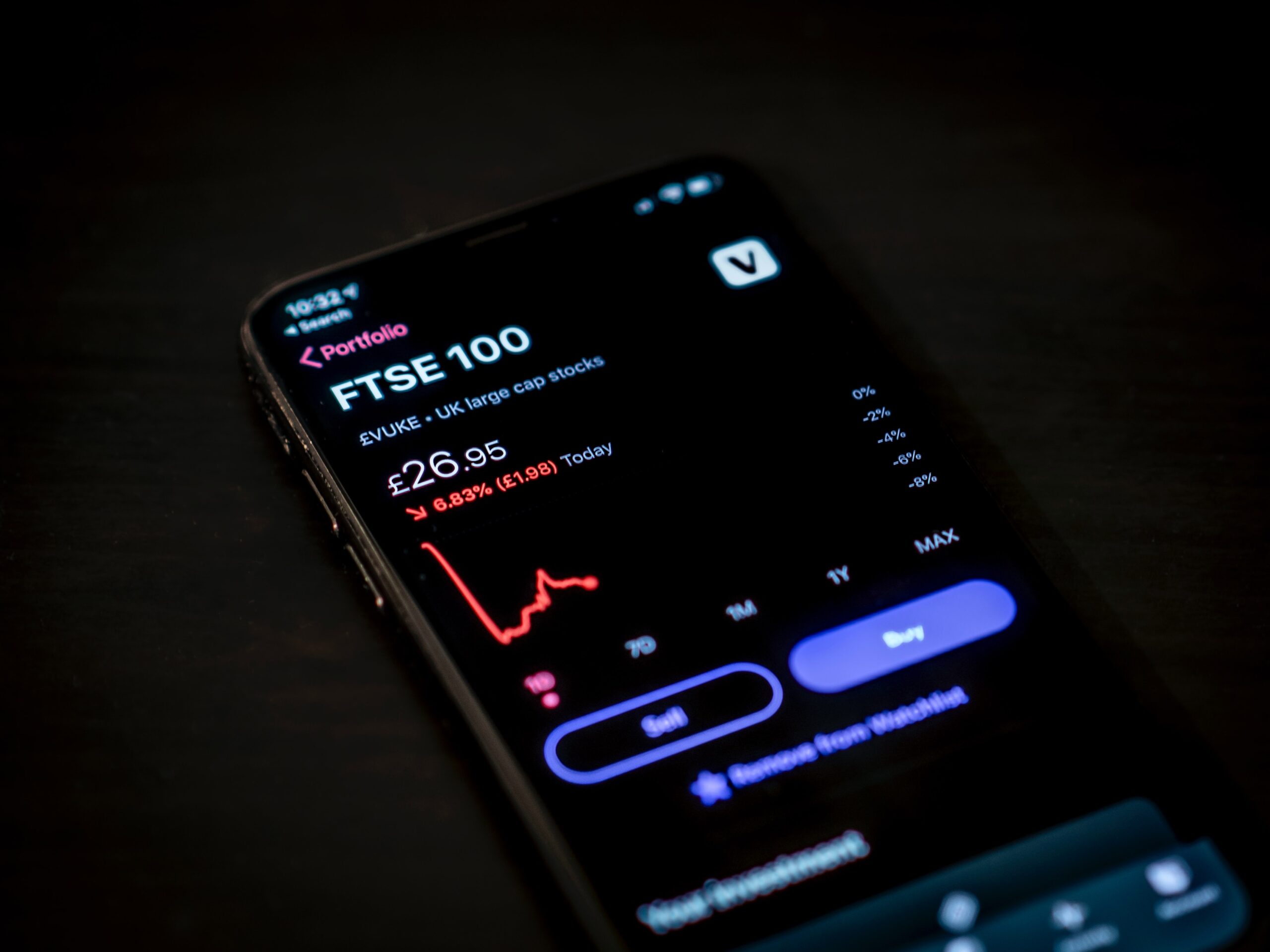Once you have learned how to save and have a financial reserve of 3-6 months of expenses and money to work with, the next logical step is to learn how to grow money. Investing sounds as complicated as programming, but we can learn both skills. By learning and trying to understand the principles and processes.
Understand the basics
It is essential to understand that investing is a long-term process that will not make a person earning €1,000 a hand a millionaire overnight or in 10 years. Even if you invest €1,000 every month with a 6% return, your own money will represent two-thirds of your total financial assets after ten years. You can simulate different theoretical options for your investments and returns in this spreadsheet: https://www.calculator.net/investment-calculator.html
Sometimes it is the perception that investing is only possible with tens of thousands, that it is a process with huge returns, that gives the impression that it is only for a small circle of people with very wide wallets. However, investing does not require tens of thousands of euros per year. However, depending on the investment instruments, investing a few dozen or several dozen euros a month is possible.
Choose the instruments that are most clearly understood.
Although there are a relatively large number of investment instruments, there are three time-tested, easy-to-understand instruments. These are bonds, shares, and investment funds.
Bonds are corporate or government debt securities. When you buy several debentures, it means you lend your money to a company and receive dividends in return. Although bonds generally generate lower returns than shares, they also carry less risk. When a company goes bankrupt, bondholders are getting the payment before shareholders. However, the purchase of a bond may require thousands of dollars and analyze the chosen company’s performance, prospects, and risks.
Shares are corporate securities that give the right to an ownership interest. A three-digit amount may be sufficient to invest in shares (although it is unlikely to ensure that the investment can be spread across different companies, thus sharing the risk). However, investing in shares can provide the highest expected return among traditional investment vehicles. However, this means both higher risks and the need to put even more effort into continuously monitoring markets, assessing risks, and developing the skills to understand how one or another market development shapes the outlook for your investments.
Mutual funds are an opportunity to invest in stocks and bonds or other securities indirectly because professional mutual fund managers will do it for you. Now that you know a little about the risks of stocks and bonds, you can choose an investment fund based on this, depending on what makes up its portfolio. You can start with a few tens of euros when investing in investment funds. Although the fund managers are investing for you here, it is also advisable to take an interest in the markets yourself, and it is crucial to assess the fund’s past performance and investment policy.
Practice investing in shares
Although the natural first step for someone with no experience would probably be mutual funds, you can play around with investing in shares in parallel and prepare for the next stage of financing if you foresee one.
There are both paid and free investment simulators available online to help you learn how to invest without risking real money:
https://www.howthemarketworks.com/
https://www.marketwatch.com/game
https://www.investopedia.com/simulator/
Also, reading an investor’s blog, reading a book, or watching a supplementary training video to learn how to invest has never been enough – remember to keep looking and keep interested.
You can find the theory and practice of investing on this blog by a financial economist: https://letaspelnas.lt/.
Pension, insurance – also investments
Your investment strategy (choice of instrument, amount, and regularity of investment) will depend very much on your investment objectives. If you have a short-term goal, for example, to save and grow money for a down payment on a house over a few years, it is advisable to choose lower-risk investments. If your goal is long-term, you can select riskier assets, where fluctuations will be amortized over time, thus generating higher returns.
Suppose your goal is to have a more prosperous and financially secure life in old age. In that case, additional pension savings in a Tier II pension fund or investment life insurance are ideal. The investment strategy, in this case, will also be professionally selected, taking into account the duration of the accumulation.
Whatever you choose, manage the risks.
To limit potential losses, do not invest all your money in one product. Diversification rebalances and protects your investment portfolio from significant declines in value. If you are already committing large enough sums to investments, buy different assets and spread them over time.
There may be many unexpected price fluctuations and corrections in the short term, but when investing for a long time, you can be sure that historically your investments will be more or less successful. And, of course, keep an eye and ear on market developments.




